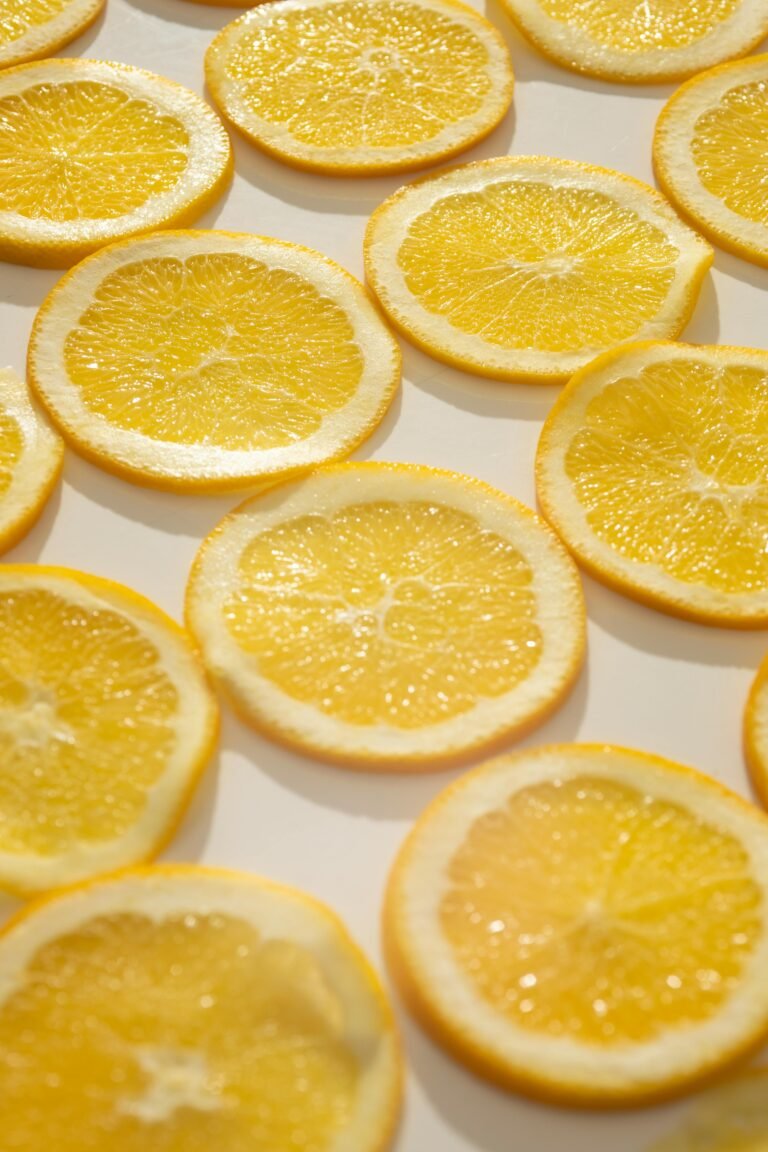9 foods that are bad and how to avoid them
Food hygiene : what does it mean? It means eating “cleaner”, which does not mean washing our pasta in water and bicarbonate, but avoiding many substances that are harmful to our health and our metabolism, for example those contained in many industrial products .
How? For example by buying equivalent but safer products or switching to natural alternatives.
Now let ‘s see 9 foods that can really hurt us according to dr. Mercola and how to avoid them. I don’t really like Dr. Mercola but for once I agree with him.
- NINE FOODS NOT TO BUY AND THE HEALTHY ALTERNATIVES Tomatoes in cans: the tomato is acidic, and corrodes the can that contains it. The risk is to cause a migration in the tomato of bisphenol a , a toxic substance present in cans and plastics also in the food industry. Better to avoid canned and plastic foods, and buy only foods in glass containers, especially tomatoes and acidic foods.Processed meats: by processed meats we mean those meats that are subjected to industrial processes, such as cured meats, wurstel, breaded preparations.
If in Italy we boast many quality cured meats , we avoid instead over-the-counter products, cheap by-products, and if it seems to us that the real culatello costs too much for us, we avoid eating processed meats and do not take vacuum-packed salami or wurstel because they are cheap. .
We often do not know the origin of those meats, the percentage of sodium, the additives used during processing, especially dangerous when it comes to nitrites and nitrates.
Margarine: Is there still anyone who uses margarine? This by-product of butter is often used by those on a low-calorie diet and mistakenly thinks they are making a healthy choice, because in short, is butter bad for you? No???
So let’s go to this surrogate, which even when it has written on the label as without hydrogenated fats (of course, it is prohibited by law in Italy), is not a safe product for our health , but represents a mix of vegetable oils that puts the our metabolism KO. Note that these oils are also present in products that we believe are prepared with butter, such as industrial puff pastry.
Vegetable oils: there are those who believe that the word vegetable means healthy. No. Does hemlock seem healthy to you? Yet it is vegetable.
Likewise, not all vegetable oils are born equal.Those rich in omega6 fatty acids are to be avoided and extra virgin olive oil, the best of all, should be used raw or at low temperatures. If we have to fry and we are vegetable addicts, then I recommend a low acidity olive oil. Costs too much? Well, goodbye frying then? No, but at least don’t go over once a week.
Popcorn : microwave popcorn and other foods with special films or packaging that can be put in the microwave as they are to prepare them, may contain per-fluoro-octanoic acid ( PFOA ), which can damage our endocrine system and our hormonal health, as well as being carcinogenic and teratogenic. In some countries it has been banned.
Vegetables and fruit with a high pesticide content: potatoes, tomatoes, spinach, apples, cabbage and cucumbers, strawberries, cherries, must be bought from the organic. Unless we have a vegetable garden at home or a trusted farmer.
Tofu and other soy products : Avoid soy milk and other soy products that are not certified organic . If you are still wondering if soy is bad for you, here is my article: in the links you will find two important studies (two meta-analyzes), one in favor (it does not cause harm, but according to data of less than six months of intake) and one against .
In any case, remember: soy and soy products are only taken cooked, so as not to damage the thyroid.
French fries and other fried or baked snacks: Many products that have that nice brown crust, or those blackened tacks, are a direct source of acrylamide, a highly reactive toxic substance (i.e. it creates oxidative damage even at the DNA level, and is considered a carcinogen) obtained from frying, high-temperature cooking and grilling of foods that contain proteins, including starchy foods. The reaction occurs in foods that have both proteins and sugars (it’s a type of protein glycation). In particular, asparagine in potatoes reacts at high temperatures to produce acrylamide, more than other foods.
Artificial sweeteners: here too, as in margarine, I don’t know how many still use them, so they “fit” into the calories. That’s why they should be moderate.
























+ There are no comments
Add yours